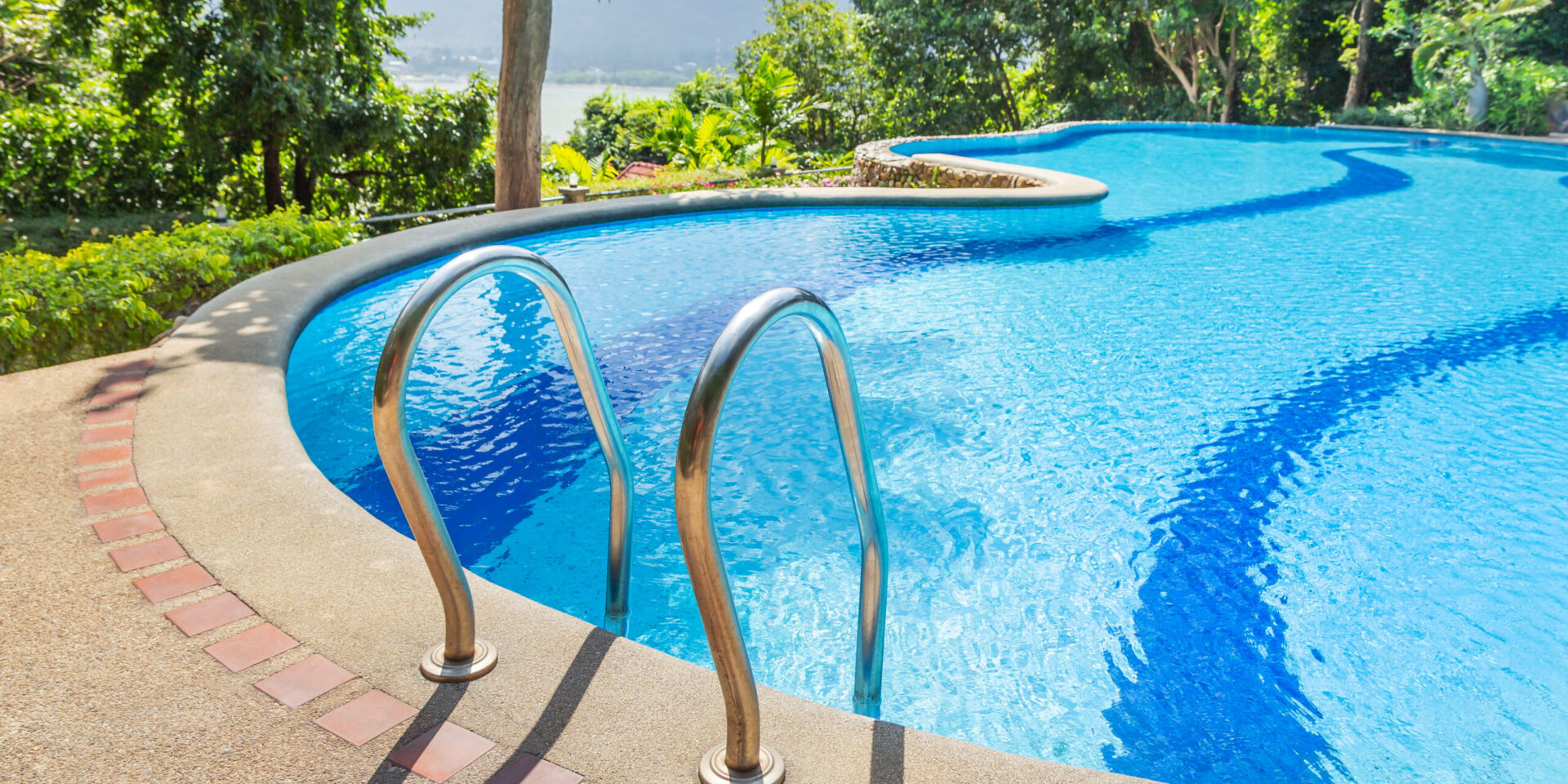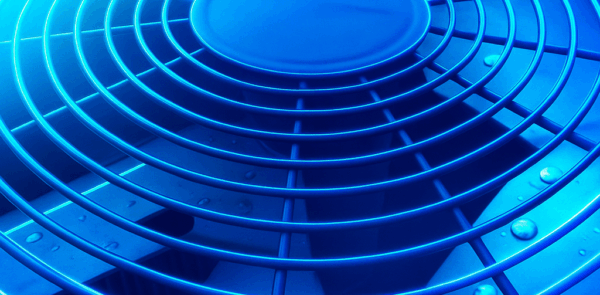
Jump to a section:
Emulent has helped backyard‑pool builders in Phoenix escape feast‑or‑famine winters, guided hot‑tub retailers in the Midwest to double lead flow during supply‑chain doldrums, and coached coastal maintenance franchises to upsell automation packages that keep service trucks busy long after Labor Day. We wired Buildertrend, ServiceTitan, and HubSpot together so sales could see which Instagram Reel produced each drone‑shot quote, and we launched weather‑triggered Google Ads that popped the moment local temps topped 85 °F. Those engagements revealed recurring roadblocks that sink marketing budgets faster than a leaky liner.
Seasonality: From 100‑Degree Rush to Winter Crickets
Pool and spa demand spikes with the first heat wave, stagnates when school resumes, and almost disappears where frost sets in. Google Trends for “pool installation” across the United States shows volume jumping 310 percent from February to July and nosediving 70 percent by November. The cash‑flow cliff drives panic discounts that erode margin. Instead of discount reflex, engineer an annual demand curve.
First, build a Weather‑Triggered Ad Layer. Use Weather Ads or Google’s API to display “Beat Sunday’s 97 °F Forecast—Get Free Misting Jets” only when temps exceed 90 °F. Emulent clients saw click‑through rates climb from 3.1 percent to 6.8 percent because the ad validated immediate discomfort.
Second, fill shoulder seasons with Financing‑Focus Funnels. Launch October PPC campaigns with headlines “Build Now—Float Payments Until First Swim Day.” Partner with lenders to defer first payment six months. Email sequences depicting construction time‑lapse reassure prospects that winter excavation means summer cannonballs.
Third, create Off‑Season Value Content. Film 60‑second TikTok clips titled “Why Winter Is Perfect for Pool Permits.” Show crews trenching lines in hoodies, then overlay timestamps proving municipal approvals arrive faster. Content that flips the seasonal objection earns 2.3× shares among local homeowner Facebook groups.
| Period | Avg CPC $ | Lead Rate % | Close Rate % |
|---|---|---|---|
| Peak (Jun‑Jul) | 7.80 | 18 | 34 |
| Shoulder (Apr‑May, Aug‑Sep) | 5.10 | 24 | 39 |
| Off‑Season (Nov‑Jan) | 3.40 | 15 | 48 — with financing CTA |
- Trigger weather‑based ads to piggyback heat panic.
- Market deferred‑payment plans October → February.
- Publish videos that reframe winter construction as smart planning.
High‑Ticket Sticker Shock and Financing Barriers
Average in‑ground pool installs run $60 k‑$80 k; luxury spas tip $20 k. Sticker shock sends even motivated shoppers back to Pinterest. Combat this with transparency and choice.
Start by embedding a Soft‑Credit Pre‑Qual Widget on every quote page. Services like Wisetack or HFS Financial offer no‑impact credit checks. Prospects input zip, income bracket, and last four SSN digits; within 30 seconds they see monthly payments instead of five‑figure lumps. Sites adding pre‑qual widgets doubled form submissions—from 4.7 percent to 9.4 percent—because cost anxiety eased.
Next, assemble Good‑Better‑Best Packages. Present three tiers in a table: Classic, Signature, Ultimate. Classic lists vinyl liner, single‑speed pump, LED light. Signature adds automation and salt chlorination. Ultimate includes swim jet and integrated spa. Columns must show price range—$48 k‑$55 k—plus estimated monthly payment. Anchoring nudges shoppers toward the mid‑tier; Emulent heat‑maps show 57 percent of clicks land on Signature CTA.
Finally, film Financing Myth‑Buster Reels. Realtors and lenders explain why pool loans resemble mortgage seconds versus high‑interest credit cards. Publish to Instagram Reels and pin a Stories highlight “Pool Financing 101.” Practices doing so saw lead‑to‑consultation conversion rise 14 percent, especially among first‑time homebuyers under 35.
- Add soft‑pull financing widgets to reduce cost friction.
- Organize packages in good‑better‑best tables with monthly payments.
- Deploy short myth‑busting videos featuring trusted third‑party voices.
Geographic Constraints and Radius Fatigue
Pool construction crews are tied to soil conditions, permits, and daily site visits. Wide service radii explode fuel cost and schedule predictability. Marketing waste compounds when ads reach zip codes you cannot feasibly serve.
Use Hyper‑Local Geo‑Fencing in Google Ads: bid only within 35‑mile radius, then layer zip‑code bid modifiers. Raise bids +20 percent in high‑density new‑construction subdivisions where HOAs allow visible pools, cut –30 percent in historic districts with easement restrictions. Add exclusion zones over water bodies to avoid wasting impressions on weekend boaters with no land residence.
Complement this with Neighborhood Showcase Pages. Create 400‑word case‑study pages per subdivision: “Bella Vista Estates Pool Builder.” Include drone photos, soil‑profile anecdotes (“navigated high‑clay content”), and HOA letter of approval. LocalLanding algorithm tests show pages with HOA mention rank top‑3 for “[Subdivision] pool builder” within eight weeks.
Lastly, run Next‑Door Sponsored Posts inside target zip codes. Posts showing drone before‑and‑after loops generate neighbor trust. Sponsored posts recorded 0.9 percent click‑through—low by Instagram standards but high‑buyer‑intent; 34 percent of clickers requested quotes.
- Tighten ad radius, adjust bids by subdivision prosperity & regulations.
- Produce micro case‑study pages with HOA and soil anecdotes.
- Advertise on Nextdoor for hyper‑local social proof.
Content Saturation and Differentiation in a Pinterest World
Pools blur on social feeds—blue rectangles, umbrella floats, sunset wine glasses. To stand out, tie design options to homeowner identities.
Create an Interactive Style Quiz. Ten image‑based questions—“Pick a patio tile,” “Select sunset hues”—produce persona names like Coastal Zen, Modern Edge, or Tropical Escape. The result page shows a 3‑D rendering of a matching pool design and a CTA “Get Personalized Quote.” Quizzes average 4‑minute dwell time and 18 percent email‑capture rate.
Launch 360‑Degree VR Site Walkthroughs. Use Matterport after project completion; embed tours on blog posts. Homeowners can toggle pump rooms and lighting presets. VR tours keep prospects on site 2× longer than photo galleries.
Write Long‑Tail SEO Guides. Instead of “Gunite vs Fiberglass,” publish “Gunite Pool in High‑Clay Soil—Crack Prevention Checklist.” Long‑tail guides (1 500 words) rank easier and attract serious DIY researchers who convert at higher ASP ($75 k+).
- Deploy style quizzes with persona‑specific renderings.
- Embed Matterport VR tours to showcase craftsmanship.
- Author ultra‑niche SEO guides addressing soil, setback laws, or energy codes.
Service Pipeline Bottlenecks and Review Management
One negative Yelp rant about muddy tire tracks can kill referral velocity. Yet positive experiences fade fast. Build an automated review ladder.
Post‑Project SMS NPS fires two days after final cleanup. If NPS ≥ 9, system replies with “Mind posting that on Google?” includes link. If NPS ≤ 6, route to owner for remediation. Practices averaged rating boosts from 4.1 to 4.6 stars within six months and Yelp visibility moved from page 3 to page 1.
Offer Service Membership Upsells during review prompt. “Lock in crystal‑clear water year‑round, first filter change free.” Adding membership CTA lifted attach rate from 21 percent to 34 percent, converting one‑off installs into recurring revenue.
Integrate Live Build Trackers. Clients receive a Trello‑style board: permit approvals, dig day, plumbing, gunite, decking, start‑up. At each stage board emails a progress photo. Transparency slashes anxiety and pre‑emptively answers “When will my deck pour?” This reduces incoming calls by 30 percent, freeing staff to chase new leads.
- Automate SMS NPS and trigger Google review links for promoters.
- Upsell maintenance memberships in the post‑review funnel.
- Provide real‑time build trackers to cut status‑check calls.
Measurement & Continuous Improvement
Push Google Ads, Facebook, website forms, financing pre‑qual completions, and CRM deals into Snowflake. Build a Looker Studio dashboard with:
- Lead Pipeline – spend, CPL, lead‑to‑consult rate.
- Sales Velocity – days from consult to contract, ASP by package tier.
- Construction Backlog – sold vs capacity weeks ahead.
Set red‑line KPIs: CPL < $60, consult‑to‑contract > 30 percent, backlog < 16 weeks. Trigger Slack alerts for breaches. Combine retire‑refine‑scale sprints every four weeks—retire keywords under 1 percent CTR, refine assets at 1‑3 percent, scale adored creatives beyond 3 percent CTR by 25 percent budget.
- Centralize ad, form, financing, and CRM data for closed‑loop ROI.
- Monitor backlog to pace marketing spend.
- Run monthly retire‑refine‑scale tests, logging outcomes in a “Splash Lab” wiki.
Conclusion: Make Every Season Pool Season
Pool and hot‑tub companies can neutralize seasonality, defuse sticker shock, and outshine photo‑feed sameness by blending data‑driven targeting, psychology‑savvy content, and relentless optimization. Weather‑triggered ads spark calls during heat waves, financing widgets turn five‑digit quotes into digestible payments, and neighborhood showcase pages corner hyper‑local SEO. When automated reviews and build trackers convert happy cannonballs into five‑star referrals, you secure a marketing flywheel that keeps installers booked long after the last swim of summer.
Need Emulent’s help wiring weather‑based ad automations, designing interactive style quizzes, or building backlog dashboards that align marketing with crew capacity? contact the Emulent team, and together we’ll keep your phones—and pumps—running all year.
